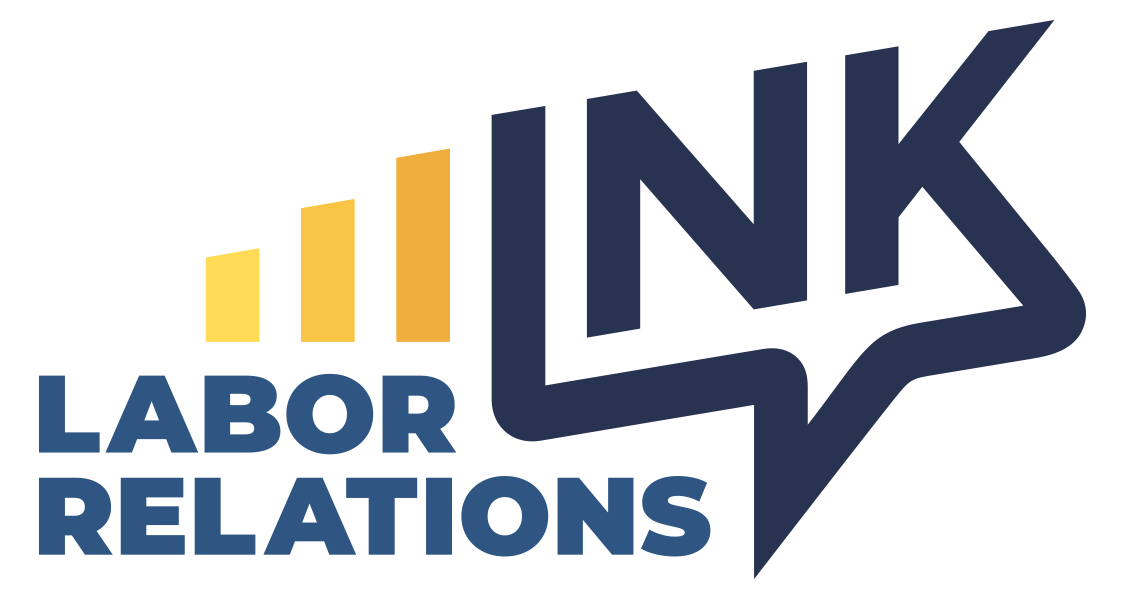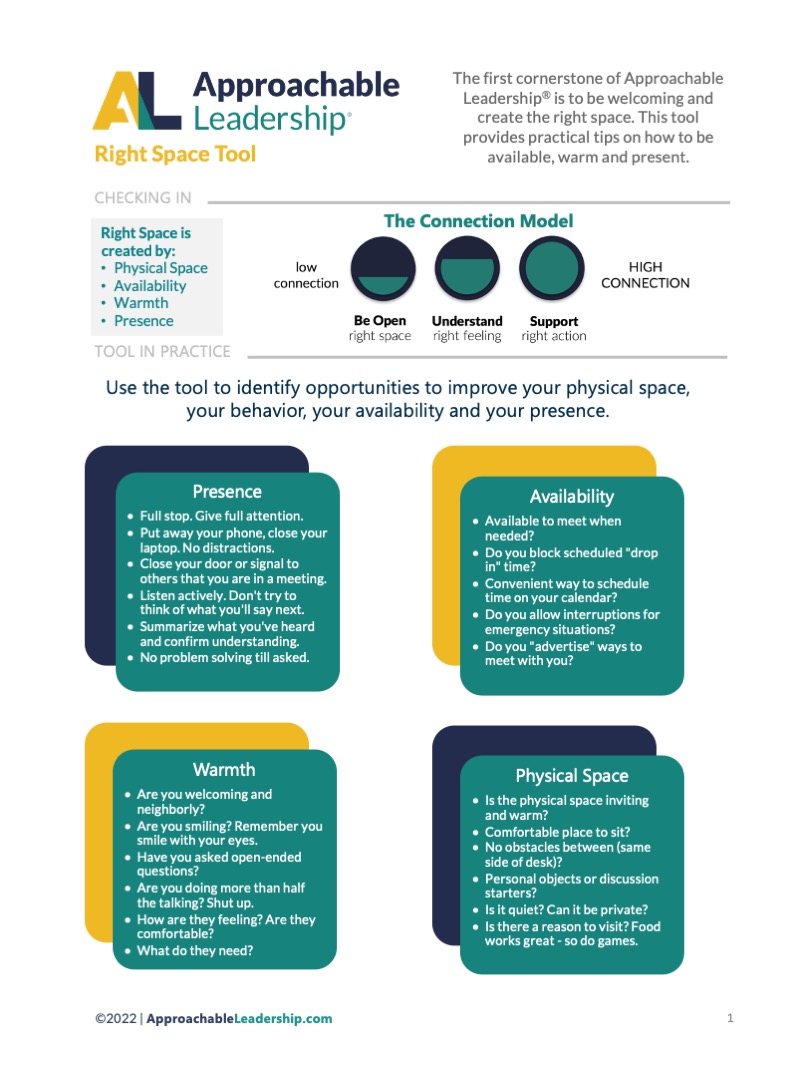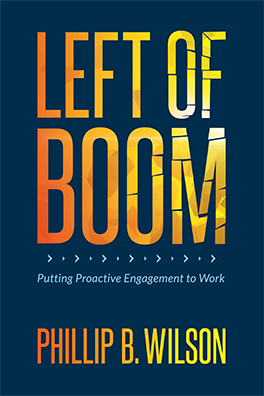Organizing activities in the arts has been on the rise for years. Even marquee institutions haven’t escaped the wave, with unions like the United Auto Workers (UAW), the American Federation of State, County and Municipal Employees (AFSCME), and others successfully targeting workers at the Guggenheim Museum, Mass MoCA, the New Museum in NYC, and dozens more across the country.
This surge in union activity has collided with economic headwinds: rising inflation, higher housing costs for workers, and increasing operating expenses for museums. While unions often promise better pay and greater job security, the reality on the ground tells a different story—especially regarding layoffs and budget shortfalls.
Here’s a snapshot of recent headlines that illustrate this tension:
- Guggenheim Museum: UAW members protested the “abrupt” layoff of 20 staffers during the opening of a major exhibition by contemporary artist Rashid Johnson. Union reps claim ticket prices are up—but labor costs have been cut.
- Toledo Museum of Art: Workers voted 86% in favor of joining AFSCME this week, adding around 100 to the union’s ranks. Notably, the museum’s glass technicians joined the Teamsters in 2007.
- Seattle Art Museum: Security guards went on strike for 12 days after their independent union’s contract expired. They rejected a $23.25/hour offer—a $2 raise—but ultimately ratified that same wage in the final contract. After two weeks without pay, many question whether the strike delivered meaningful results.
- Brooklyn Museum: AFSCME and UAW locals protested plans to lay off 50 workers. While the layoffs are currently on hold as the museum navigates a $10 million deficit, dozens of workers have already been offered buyouts. It’s a temporary pause, not a resolution.
- Buffalo AKG Art Museum: Twenty-four workers, including a dozen union members, were laid off. The union says the cuts were retaliatory. The museum cites an “operational shift.”
- Chicago History Museum: Union organizers claim several staffers were let go shortly after joining AFSCME’s Cultural Workers United. The union alleges a pattern of disciplinary actions tied to organizing activity.
- Union for Contemporary Art (Omaha): The nonprofit (not a labor union itself) recently laid off staff hours after a newly formed union went public. The “Union Union” calls it retaliation. Leadership says the layoffs were part of a long-planned restructuring.
As budget pressures mount and institutions face hard choices, these stories highlight a key reality:📉 Unions can promise better conditions—but they can’t prevent the economic consequences museums are navigating.
For leaders in the cultural sector, this is the moment to get proactive:
- Communicate clearly and early about organizational challenges.
- Understand the organizing pressures your workforce may be feeling.
🎭 The art world may celebrate bold expression but behind the scenes, fiscal reality sets the rules.






